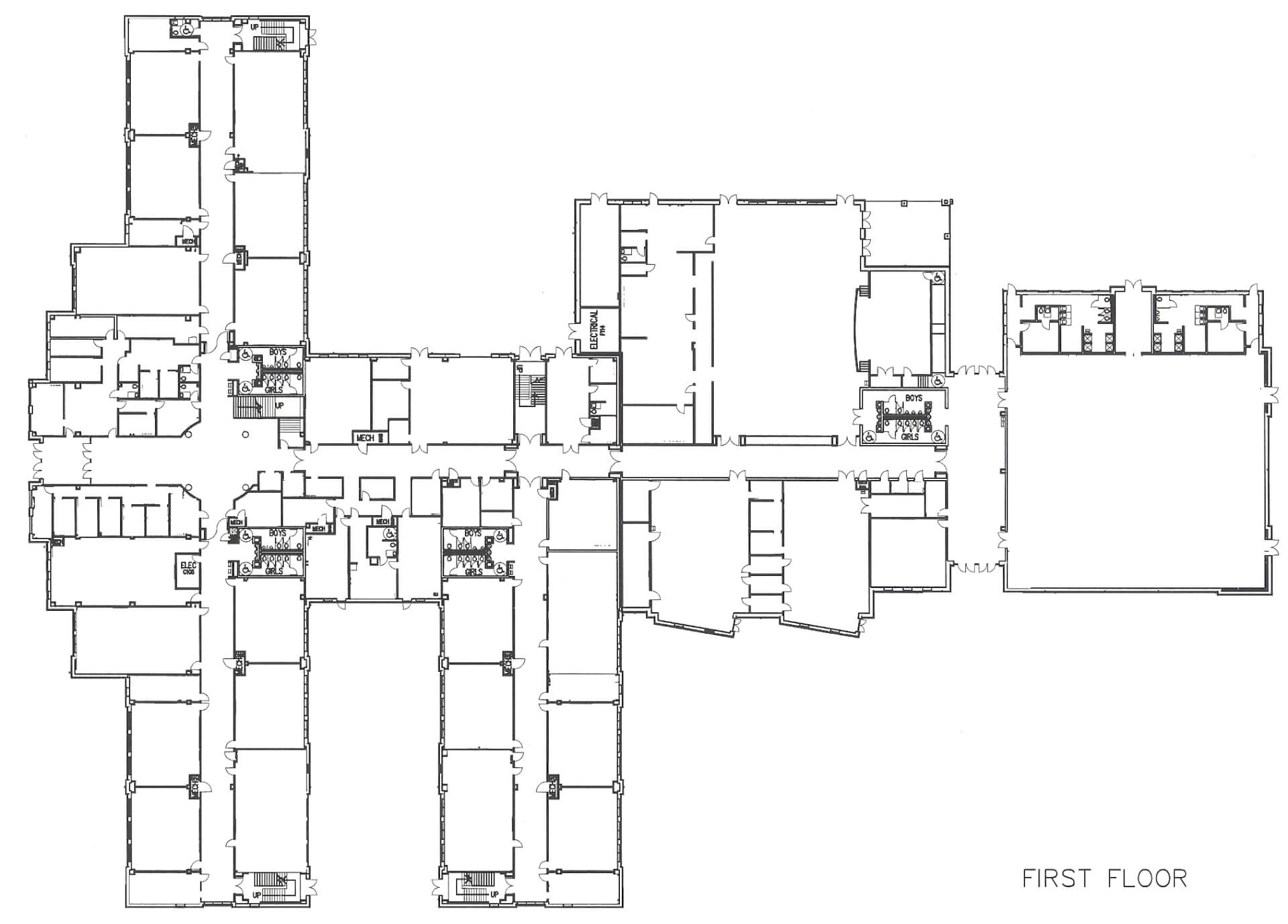.png)
One of the wonderful things about mobility and its related technologies is that, from the simple to the complex, you can learn something new everyday. In this post, I will address something that is relatively simple...virtual site surveys.
For simple environments an engineer can get away with a virtual site survey. In some instances, a site inspection can be conducted as well. Many customers like virtual site surveys because it is low-cost and requires a small financial commitment (normally a couple hundred dollars). However, many buildings, especially older constructions, require a more detailed assessment with some type of physical site survey. A physical site survey can be expensive. Before understanding the price and before deciding to deploy a mobility solution, many customers reject the idea of spending upwards of a few thousands dollars to determine the price of deployment. In sticky situations like these a virtual site survey can bring the customer and you together. Remember, a virtual site survey is low-cost and if done properly, can provide a relatively accurate access point count. Based on a general access point count, the customer may decide to move forward. If so, the larger investment of physical site survey will dictate where access points should be installed.
Before using a site planning tool to conduct a virtual site survey, realize that the results generated from this tool are no substitute for an active site survey. Within complex environments the purpose of a virtual site survey are the following:
- sets customer expectations
- helps customer understand the required budget
- helps customer understand the installation scope
- helps customer save money
The virtual site survey also provides comparative data to the physical site survey. This becomes important for customers for hundreds of locations that require a mobility solution. The customer may be willing to pay for only ten to twenty physical site surveys and have an aggressive deployment deadline. Results from the comparative data may provide information that allows the engineer to successfully install the remaining sites with only a virtual site survey and an inspection. In order to do that, one must gather accurate information. That information must consists of the following:
Floor Plan Drawn to Scale
Think of the floor plan as the canvas and the results of the site survey as the painting. Without a floor plan drawn to scale you are working on a horrible canvas. ...And when start with a horrible canvas, you get a horrible painting. In other words, a solid floor plan is a requirement and non-negotiable.

Coverage Area, Ceiling Height, and Dimensions
The customer must determine whether the entire property requires coverage or just an area that is critical to business (i.e. back-office, showroom, food court, etc.). The dimensions and ceiling height inform you of your horizontal and vertical boundaries. Together, this information helps predict how many access points may be required to cover an area at a certain signal strength.
Age of Structure
The age of a structure can provide insight into the signal propagation of each access point deployed. Newer structures tend to use newer materials that allow a signal to better propagate throughout a building. Similar to the usage of lead paint before 1977, older structures tend to have materials with higher attenuation values. As a result, when conducting a virtual site survey, I use standard attenuation values for more recent buildings. For older buildings that use concrete interior walls, I tend to adjust the attenuation value to a number higher within the range.
Overall WLAN Purpose
This information helps determine the access point that will be used to conduct the virtual site survey (and for that matter, the active site survey). Purposes such as general Internet access, line busting, VoWi-Fi, and Unified Communications will dictate whether an access point that supports 802.11g/n, 802.11a/n, or 802.11ac is included within the survey results.
Device Type, Version, Age, Density
Often overlooked, this device information is just as important as coverage area, ceiling height, and dimensions. It is not enough to focus on the access points sending the signal. With so many devices on a network, it is important to plan based on the lowest common denominator. For example, a customer may deploy an open Internet network and a back office that is primarily used for inventory. Most likely, there will be few laptops. However, there will be a range of old and new tablets, smart phones, and most importantly, scanners. Generally, scanners are sensitive to signal propagation. In areas furthest from an access point, other mobile devices may connect with ease. But scanners may not see the network at all. In such a situation, it is important to know the model of scanner being used and understand its signal threshold.
The overall device density may dictate that a different access point be used in a particular area. For example, access points that support more devices may be deployed in the banquet hall of a hotel, but access points that support a standard number of devices may be deployed throughout the remainder of the building. In addition, a mixture of mobile and stationary wireless devices may dictate final survey results.
With this information a relatively accurate virtual site survey can be conducted. But when conducting a virtual site survey, my final piece of advice is to use...
Regions with a Dash of Walls
When I initially began conducting virtual site survey I would spend an hour or more attempting to account for every wall, door and window within a floor plan. But within site planning tools, the region functionality creates a coverage area with the desired environment and wall type. Based on my assessment, using the region functionality has been more accurate than manually drawing the walls, doors, and windows.
As you can see, the information required to conduct a successful virtual site survey is similar to the information required for a successful physical site survey. In one instance, we must rely on the property manager or owner. In the other, we rely on the engineer to gather the information. Although a virtual site survey is not always appropriate, it can help mobility professionals deploy both complex and simple structures.




